
Christian Iversen Styve
Text and imagesAdventurer and polar guide extraordinaire. Christian has been expedition leader for close to 35 expeditions. Has been to the South Pole four times, has crossed Greenland several times and is an avid kiter..

Crister Næss
Additional text and editorÅsnes-branded gear genius and ski-teste, among other things.
Everything you need to get started with tyre training!
Tyre training’s a fantastic form of training. Not only for for longer tours and expeditions, but for skiing and physical fitness in general.
Below, we’ll show you how to proceed, step by step, to make your own set of tyres for training. You’ll have an excellent set-up for training in the off-season.
Equipment for tyre training doesn’t have to be expensive at all. If you already have a harness and enough rope for a tug-o’-war, then you’re already well on your way.
If you don’t have any old tyres lying around, they’re quite easy to get hold of. If you pop into a local tyre dealer or a car wrecker, they often have loads lying around. If you ask nicely, they’ll probably let you take some off their hands.
What you need to get started
Here’s a list of what you need to make a good tyre training kit. It’s not rocket science. You can most of it from the local hardware store. In Norway the usual suspects, Biltema or Clas Ohlson, should have what you need.
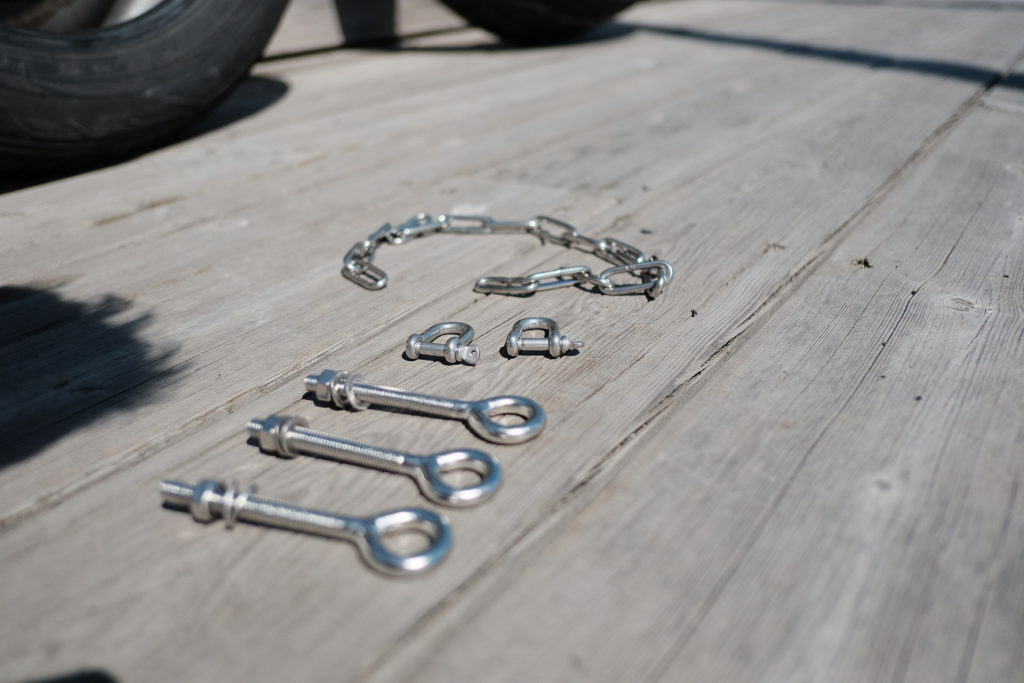
The benefits of tyre training
What to do – step by step
First: drill holes in the tyres to mount the eyebolts. Here we used a standard wood bit to drill the holes. Simple, straightforward and not difficult at all.
Then just push the eyebolts into the holes, put the washers in place and fasten the nut. If the washers are too small, find some with a larger diameter.

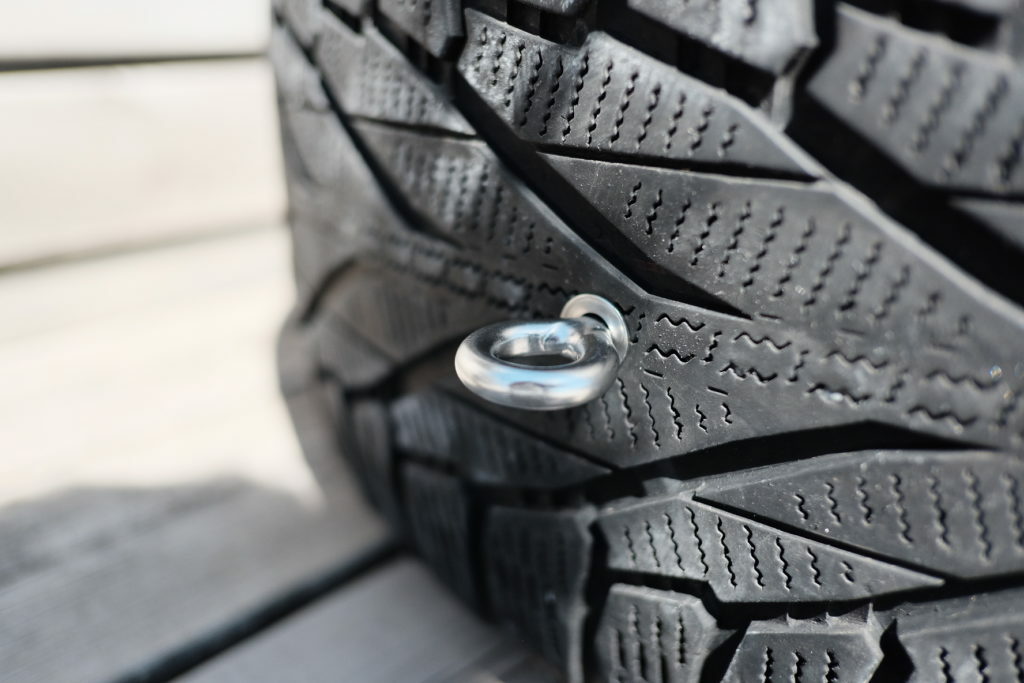
Link the tyres
If you want to pull two tyres, use a chain to link them – rope wears out pretty quickly. This way you have a tyre set that’ll last for years without the rope rotting away.
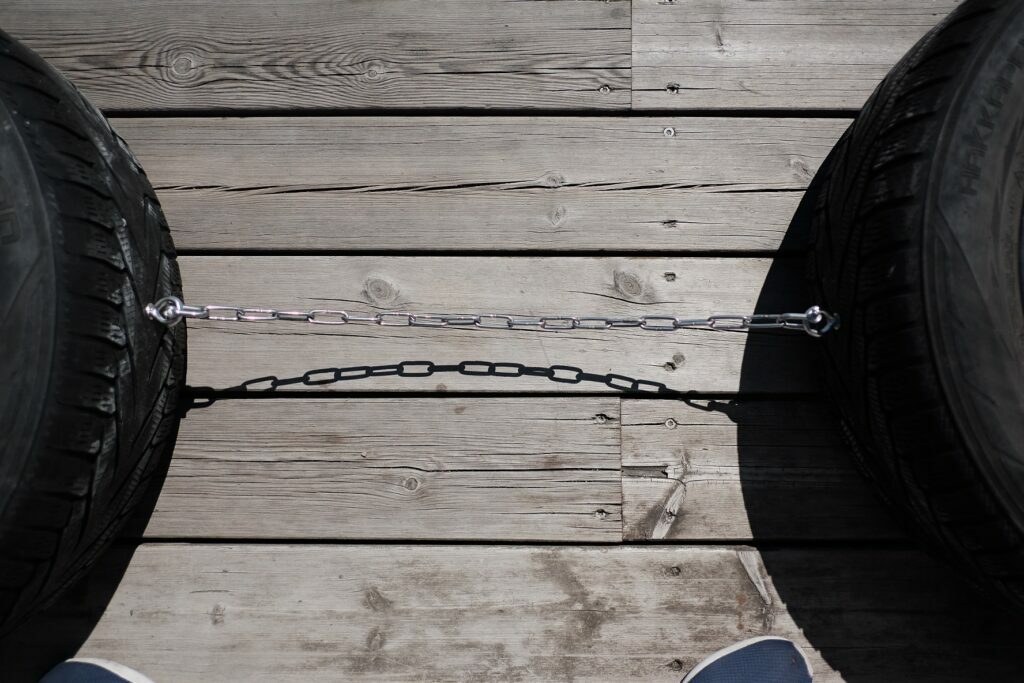
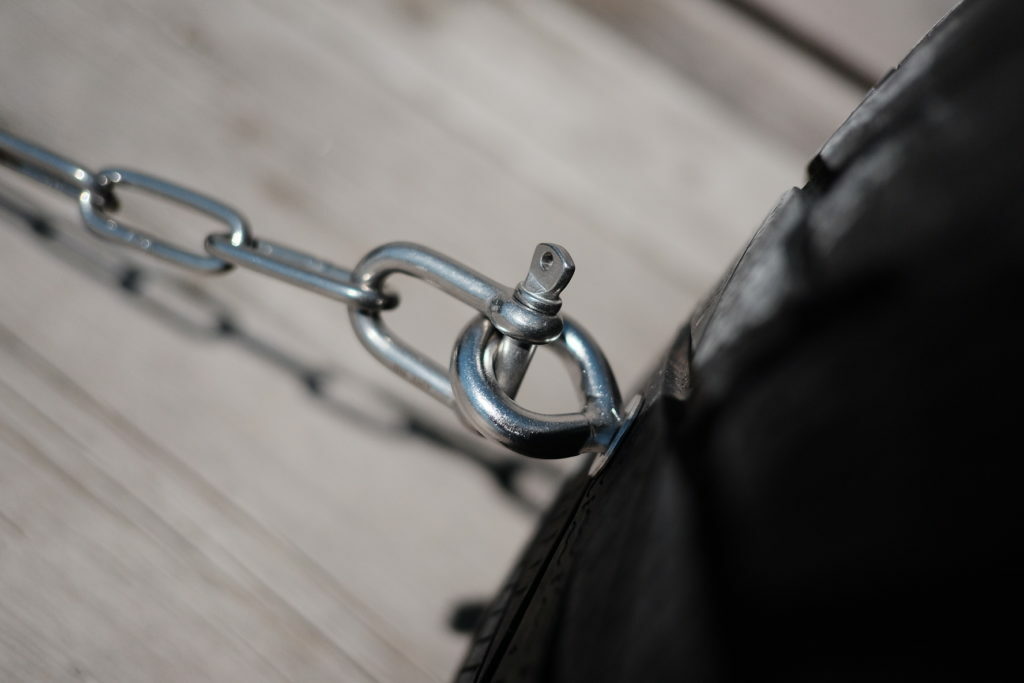

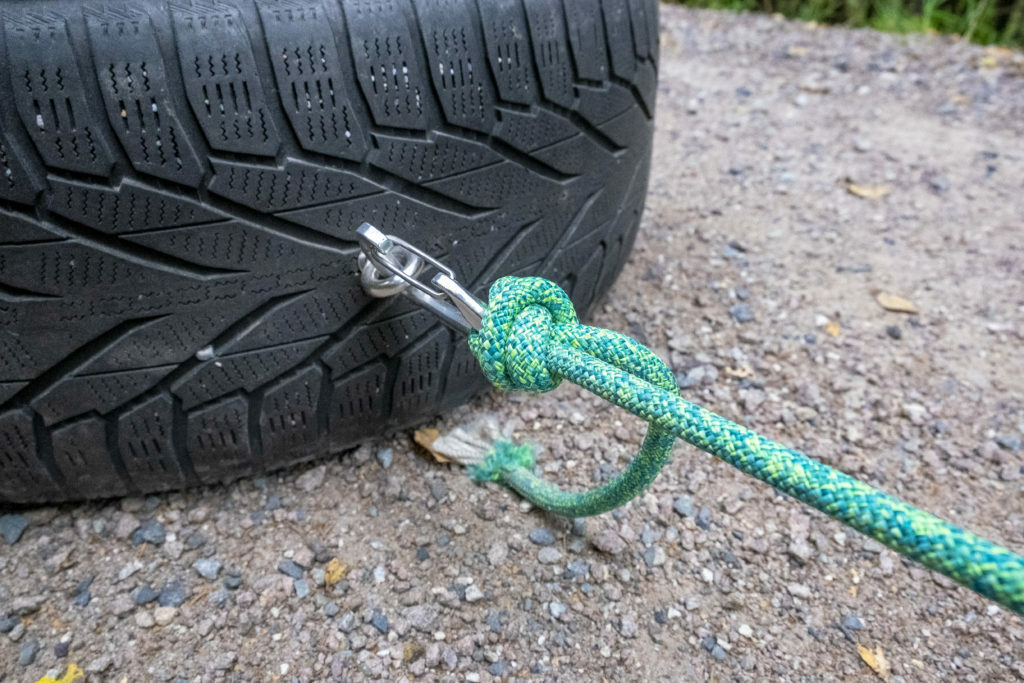
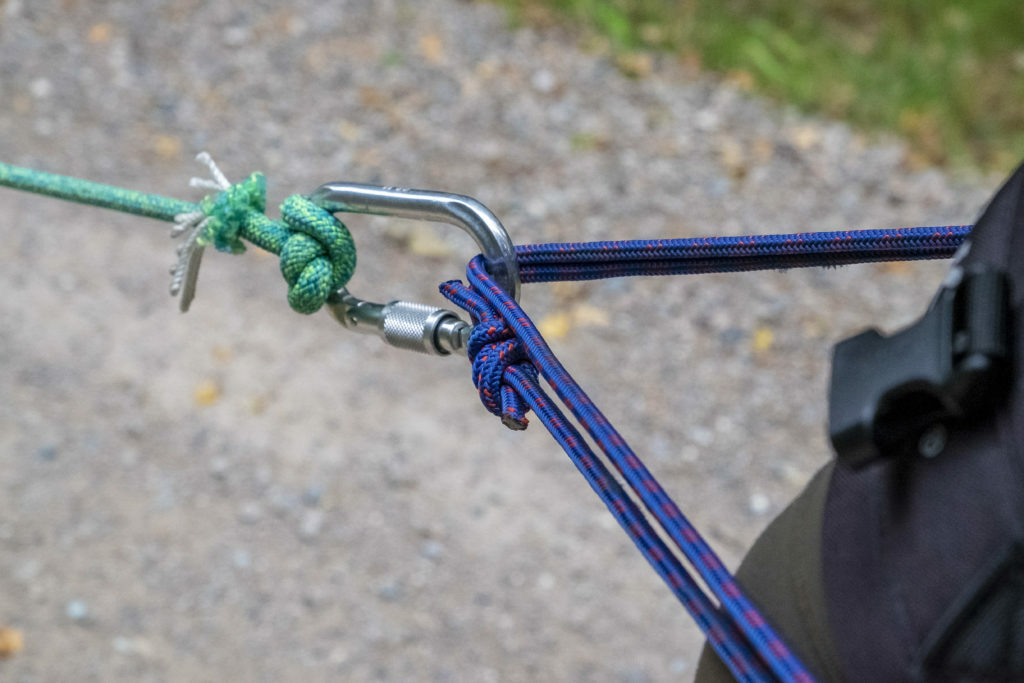
The rope
Rig the rope using climbing rope, 6mm static rope, or any other good rope you have lying around.
Tie the carabiners to the ends of the rope with a double figure-eight knot, half-knot, or double overhand knot at each end. Make sure the rope’s 2.5 to 3m from the tyre to harness.
It is a good idea to loop the rope at the towing harness (see the picture). This way, the carabiner attached to the harness has some play and you pull, correctly, from the hip.
The only thing to do know is to hit the gravel pulling your tyres!

Professor Per Morten Fredriksen of the Norwegian College of Health has studied the effects of tyre training
Several recent studies, experience from expeditions, feedback from guides and guiding organisations show that training by pulling car tyres has a great effect. Per Morten Fredriksen PhD of the Norwegian College of Health has carried out perhaps the most extensive research into this form of exercise.
The researcher compared running on a treadmill to training with car tyres. They had a test group of students run with a 5% angle at 10 kilometers per hour and compared it with walking 4 kilometers an hour with two car tyres in tow on various surfaces, mostly asphalt. Beyond the aerobic effect (that is, improvement in endurance), subjects strengthened the upper body. This doesn’t occur in comparable exercises such as running or cycling.
Another advantage is that the load is distributed and not concentrated on the legs, especially when walking uphill. It’s good for those who can’t run, perhaps for reasons of injury. While it’s not an especially punishing form of training, in terms of joints and tendons, on a steep downhill you might possibly feel it a bit in the achilles.
You certainly can feel it, however, on your muscles and cardiovascular system. So don’t take it too hard. You can over-do it. But people are different, says Per Morten Fredriksen; you have to know your own limits.
The Tyre-Pullers Code

Waxing and prepping alpine touring skis
We don’t put in all that effort just for the view. We do it for the way down. So let’s talk about glide wax. It provides better glide, protects the sole from wear. The specific wax, even how carefully you do the work, isn’t really so important – it’s not a race. And it doesn’t have to be complicated at all…
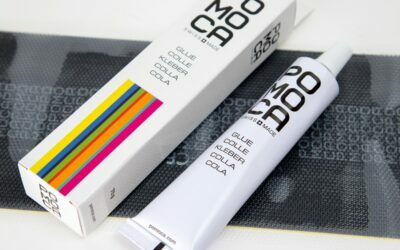
Replacing and renewing glue on skins
Unfortunately, skin glue doesn’t last forever. The skin itself, on the other hand, only gets better and better until it wears out. So if you replace the old glue, your skins can last many years. Moribund glue can be replaced, either with tape or sheets, or from a tube. We explain how.

Training for multi-day tours and expeditions
Generally speaking, there’s no such things as being in “too-good shape” for a long tour. You really want to be in the best shape possible before you set off…

Preparing for Åsnes Expedition Amundsen
Dreaming of an adventure in the winter mountains? Or a lover of endurance races? Maybe Åsnes Expedition Amundsen is for you. But you’ll need to be ready.

Clothes for dogs in the cold
When it gets cold, spare a thought for you dog. Even dogs with a lot of fur can freeze if they don’t have an insulating undercoat. It doesn’t actually have to be much colder than -5° before many dogs can have problems – but there are still some who think dogs are unfreezeable. Here’s how to make sure they don’t.

Dressing for adventure: what to wear in the wild
Norwegian grandmothers have it right: always wear wool against the skin. Beginning with wool as the first layer, the three-layer principle applies. Step this way for a guide to wrapping up warm in the wild.